Bandcamp Friday is back! Check out these recommendations from our team for some new and recent music you might have missed. Our selections this month range from the playful, to the absurd, to the unearthly. If you're new to Bandcamp, it's one of the most artist-friendly platforms for independent releases, and we're always happy to feature works on this platform. Take a gander, and if you like what you hear, make sure to support the artists!
Touch and Tone: Raf Vertessen's SOLO II
With SOLO II, the New York-based Belgian drummer and percussionist Raf Vertessen expands his characteristically dense sonic palette, intertwining delightfully abject electronic sounds with acoustic sources in uncanny contraviviality. Vertessen's attention to the most miniscule of details is apparent on "RI", a brief track that explores scraped metals, ceramics, and glass with an unflinching, extemporaneous touch.
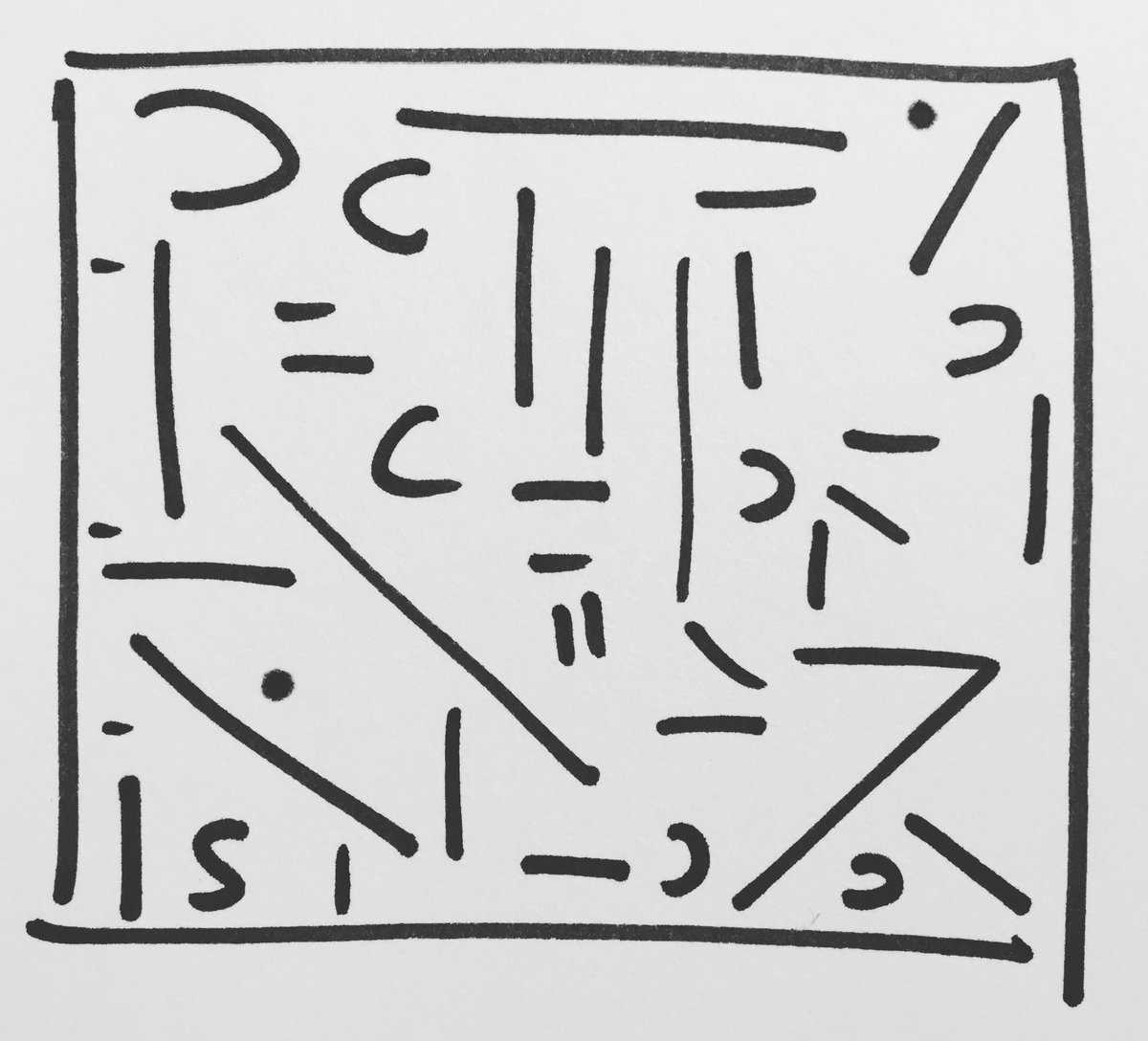
On "II", digital echoes and bitcrushed metallic blooms sit in oblique relation to the warmly resonant drum kit, interrupted on occasion by a low, scruffy drone as reminiscent of CD-skipping as it is of lightly bouncing drum sticks. Keening mixer feedback tears through the kit's astonished muffled scuffling, before the music settles into a fragmented mobile of dull thuds and crisp fizzles. Still sizzling with anguish, the ending of "II" is frankly utopian, depicting tranquility not as the absence of conflict or distress, but rather as a continuously renegotiated state of affairs.
On the production side, Juanma Trujillo magnifies Vertessen's sense of drama and scale through elaborate microphone placements, vivid spatial effects, and an ultra-wide dynamic range characteristic of old classical records. This offering from one of New York's most intriguing musicians active in the noise and free improvisation scenes merits serious attention.
A Different Sort of Heavy Metal: Yesterday is Two Days Ago
On Yesterday Is Two Days Ago, Hawaiian composer and violist Anne Leilehua Lanzilotti joins forces with musician, and instrument maker Adam Morford (who you might know as Morfbeats) for an exploratory sonic voyage. Listeners will find a blend of experimental techniques in this album, ranging from experimental instrument playing to processing found sounds and utilizing instrument-objects. Lanzilotti's previous works have been known to make particular use of sound sculptures and objects as instruments, thus her collaboration with Morford is certainly fitting.
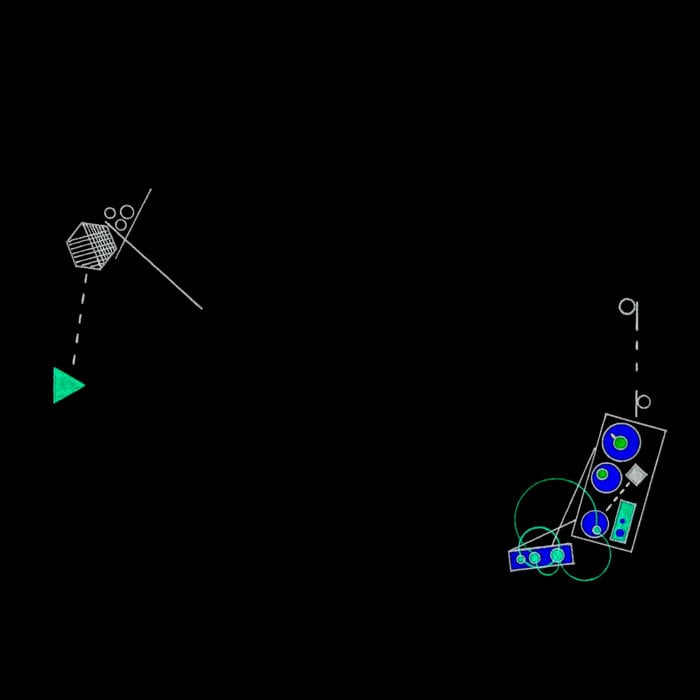
Yesterday Is Two Days Ago emanates texture, combining Lanzilotti's viola playing and compositional vision with Morford's live and prepared tape loops, brooding guitar drones, and crafted metallic instruments. Specifically, this release happens to be the first album made with the Mega Marvin, a super-sized version of Morford's signature cone-shaped instrument adorned with springs and wires. By striking, bowing, or otherwise exciting the metal surface or attached peripherals, a wide range of drones, hits, and other sounds can be easily conjured up. In fact, the Mega Marvin is large enough to be played by multiple people, and the sounds that can be played are varied enough to make entire compositions, as heard on the track "Golden Submarine" that features coordinated playing by both Lanzilotti and Morford.
In others, such as the title track and "Herman's House," Morford supplies a foundation with tape loops of spoken word and recordings of his other instruments, processed by effects pedals and accompanied by live guitar playing. Meanwhile, Lanzilotti's viola playing is often textural and droning in nature, and is at times captured by Morford and looped back at a later point in the piece. Others such as "Smells Like a Rock" evoke sounds otherworldly places, consisting of sparse viola from Lanzilotti, with percussive Marvin and a continuous loop of noise from Morford.
The whole album was recorded live in a studio at the University of Northern Colorado, where both musicians were able to perform together in a single space and respond to the other's playing, and so the sense of space is maintained in the final mix. The sounds of the buttons on Morford's tape deck are the opening sounds of the album, and about halfway through the title track a ringing phone timer is faintly audible in the background, enough for me to turn my head and check my own phone. Thus, Yesterday Is Two Days Ago is a release offering an immersive experience, rewarding deep listening to uncover all of the sounds contained within.
At Home with Casper McFadden's Stasis (Log)
In this instance, the name Stasis refers to an enemy ability in Final Fantasy XI which paralyzes a character. During the summer of 2020, Casper McFadden's landlord decided to remodel his bedroom, separating him from his gear and studio. This project, as many remodeling jobs, took much longer than he expected. He felt stuck, in stasis, stuck in a living room next to a half-finished bedroom, already isolated from the world around him due to the pandemic. It is on this backdrop that Casper McFadden composed Stasis (Log).

The music is anything but stagnant: it screams joy and freedom, breaking free from expectations, and combining influences in new and exciting ways. These influences range from jazz to Chicago footwork to YTPs and anime. The album meshes elements of breakcore, jungle, happy hardcore, and bedroom pop, bringing together drifting pads, anime samples, and hyperkinetic breakbeats.
Listeners who are fans of anime may be able to pick out samples from anime series. The album even features song titles including "6ainex" (a reference to the legendary studio Gainax), "fast bass song with jeffrey joestar" (named from the Joestar family in the anime and manga series Jojo's Bizarre Adventure), and "best ouran highschool host club moments" (from the anime and manga series Ouran Highschool Host Club). Samples also come in the form of breakbeats, and boy does this album have plenty of them. Shifting, evolving, frantic breakbeats are the common vein running through the album.
While the album came from Casper's angst of being trapped, paralyzed in stasis by an enemy status effect outside of his control, the result is joyous and full of energy. It runs over with vocal samples from anime and internet videos, airy pads, punchy kicks, and dynamic and lively breakbeats. Stasis (LOG) comes together for a knock-out album that will be on repeat for days.
Perceptual Geographies: Ankersmit's Amacher-Inspired Earworm
The first time I discovered the music of Thomas Ankersmit was back in 2017 during the CTM: Fear, Anger, Love festival. Prior to the show, all I've heard about Ankersmit was that he plays on a giant Serge modular synthesizer, which given my fascination with modular synths at the time already was pretty exciting...however, my expectations were significantly exceeded.
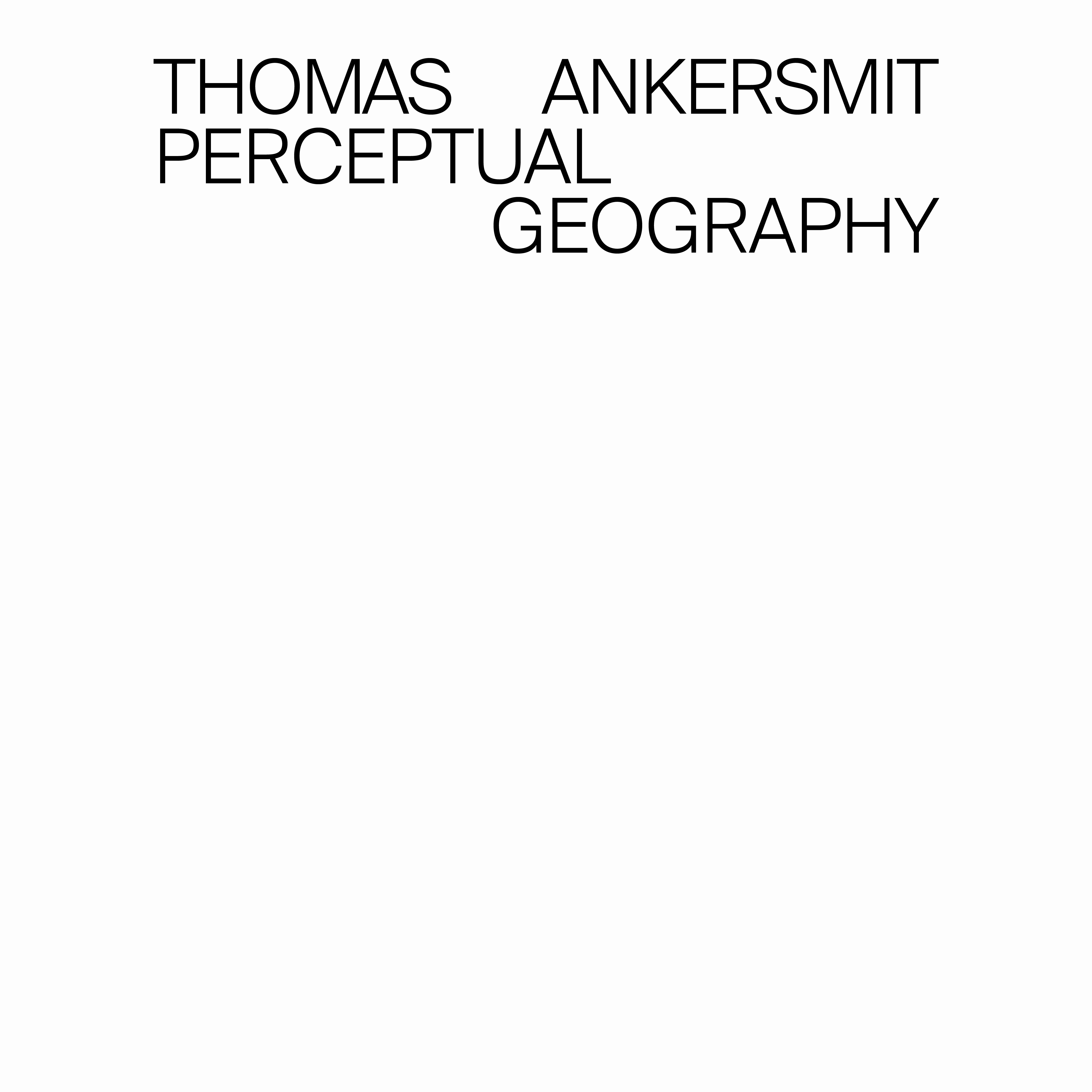
I walked into the infamous Berghain with a couple of recently acquired friends just as Ankersmit started his set, and as we were moving towards the performance area I noticed several rather unfamiliar things relating to my overall experience at that time and place. First, I couldn't tell whether the performance had started really, as instead of the wonted noise screeches or pounding beats there was a near-sublime sense of stillness throughout the whole building, yet it wasn't exactly silent. Second, as we were moving towards the performance area, several times I could've sworn there was a major seismic activity happening, but since we were in a largely earthquake-free Berlin this seemed impossible. Finally, when we got to the main performance area, I quickly realized that what I was experiencing very viscerally was not an ordinary live set. Ankersmit's Infra was a piece composed and tuned specifically to the architectural site it was performed in, thus the entirety of the massive former power plant was resonating, rattling, growling and reacting in various other ways to the sound waves traveling through, and bouncing from its surfaces. Combined with Ankersmit's ongoing experimentation with holophonic phenomena, the whole environment felt alive with every step, and every minor turn of the head unfolded new sonic perspectives. Since then I've been following the work of the artist quite closely, and when I found out about the release of the Perceptual Geography (which appears to be an evolution of Infra) a few weeks ago, I got very excited.
Following the spellbinding Homage To Dick Raaijmakers, on the new release Ankersmit turns to another pioneering composer of electronic and experimental music that influenced his own work—Maryanne Amacher. Ankersmit knew Amacher personally, and in fact she was the one to point him in the direction of the Serge synthesizers, effectively playing a significant role in Ankersmit's artistic path perhaps without even consciously realizing it. The name of the record is referencing Amacher's essay “Psychoacoustic Phenomena in Musical Composition: Some Features of a Perceptual Geography”, and it aptly suites the content as Ankersmit puts a large emphasis not only on the sounds themselves, but also on how those sounds are experienced across different environments both in the room, and within various parts of the body. As it is often the case with Thomas's work, the conditions in which the piece is listened to greatly affect and alter the perception of it. Playing Perceptual Geography at high volume activates a layer of otoacoustic emissions, effectively forcing the listener's ear to create completely new sounds which are absent in the piece itself. This establishes a uniquely personal relationship with music, and once felt it becomes ingrained in the memory precisely as an experience, and not just as vanishing afterglow of the sound.
The record is accompanied by an inspiring in-depth conversation between the artist and Serge Tcherepnin, where the two talk about their memories of Maryanne Amacher, history of the Serge synthesizer, and various philosophies and approaches to both artists' creative practices. In toto, Perceptual Geography is a true treat for anyone interested in the intrepid forms of electronic music, and experimental arts.
Strega Mega Drive! Sarah Belle Reid's MASS
The work of trumpeter/synthesist/composer/improviser Sarah Belle Reid has been on my radar for a long time, and we have been lucky enough to partner with her on a few videos and events before. Always actively sharing her passion for music, as well as her knowledge of the field, Reid's name is likely to be familiar to anyone presently interested in the world of sound synthesis, and her YouTube videos often provide a refreshing perspective on the process of music-making, novel compositional strategies, and modes of listening to music and sounds in general. Thus every new release from Sarah undeniably sparks excitement and curiosity.
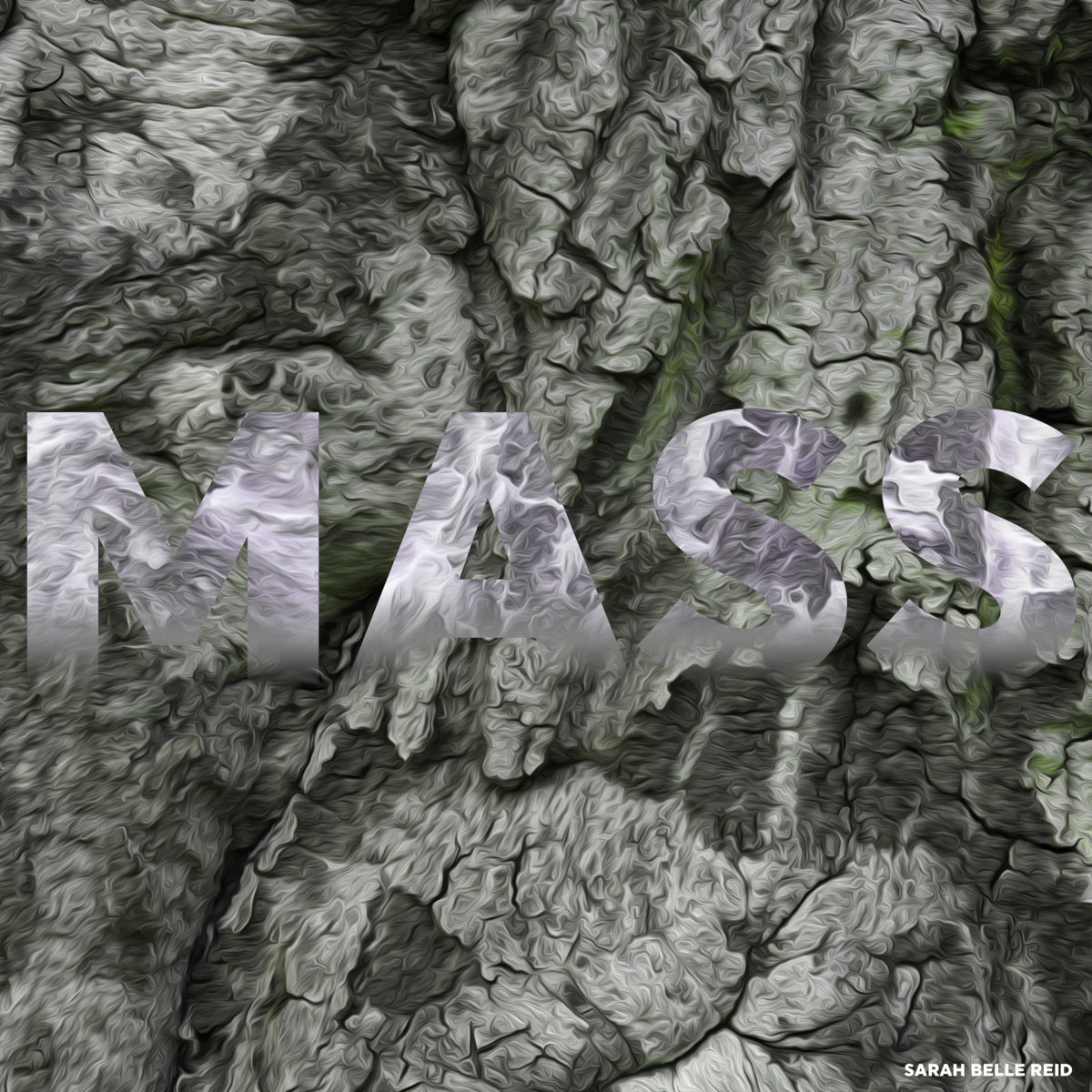
MASS was released 2 months ago, and there are a number of things that make the release of this record extra-special. On a personal level I strongly resonate with all of the artists that inspired the record. Reid mentions that MASS was put together under the influence of a variety of pioneering and modern sonic explorers like Else Marie Pade, Daphne Oram, Eliane Radigue, the Locust, Edgard Varèse, Maryanne Amacher, Dick Raaijmakers, Naked City, Mr. Bungle, Thomas Ankersmit—and for me it is hard to find the name in this list that I wouldn't relate to, so a fusion of these influences on a single album is intriguing to say the least.
Another hugely appealing element of MASS is the artist's choice of instrumentation. Sarah Belle Reid employed newly released Make Noise Strega, along with 0-CTRL, some household objects, voice, flugelhorn, and her trusted trumpet. Since we are dealing with Make Noise devices in one way or another on a daily basis, it is particularly exhilarating to hear a highly demanded "fresh off the press" instrument being used "out in the wild"...and the results that Sarah skillfully managed to extract from Strega are exactly wild in the best possible sense. While Strega certainly plays an important role on the album, and it being a part of the artist's arsenal certainly added to the initial spark of curiosity, upon several listens to the record I happily concluded that the instrument was transcended by the artist's work, which in my book speaks very positively of both how flexible Strega is as an instrument despite its very distinct sound, and how proficient Sarah is as a composer being able to display the strengths of the instrument in a balanced way so that it doesn't overshadow the work itself.
MASS comprises three very distinct, yet tightly interwoven compositions, that when listened to together and without interruptions form a ruthlessly intense, yet beautiful narrative—a film for your ears if you will. Unceasingly transmuting, various sonic substructures flow into and out of each other, each gradually from minute to minute moving towards a spotlight. Noise-imbued synthetic drones smoothly morph into textured crackles and whooshes only to be soon overpowered by touching harmonies of layered voice and trumpet parts which later leave the sonic space entirely to industrial-grade rhythmic pulses and screeches, and then almost magically return to the hauntingly mesmerizing blend of ethereal singing and synth arpeggios. There are a lot of layers to MASS and it is seemingly impossible to get all of the details on the first listen, and in my experience this is a sign of a great album—the one you want to go back to, and get surprised over and over again, hence repeated listening is strongly advised.
Oh, and since we are on the subject of Sarah Belle Reid's music, she just released a new single Send | Receive which is a result of the collaborative project she did with Hainbach, Hélène Vogelsinger, and Tim Held. Make sure to check that out, too.
Wait, What? Some Thoughts on S280F's 28
What is S280F exactly? Part noise, part ambient, part experimental collective of artists ranging from sound designers to visual artists and filmmakers? Well to be honest we couldn’t really tell you; this group has been putting out intriguing performance art, music, and visuals since sometime around 2017 with a revolving cast of mysterious members. It’s hard to even pin down who is performing under each moniker, with artists going by handles such as S280F, 0 66 118, or SV1, and projects from the group feature titles such as "7M", "28”, or more adventurously: “owls sing for the birth of Lilith (F168)”.
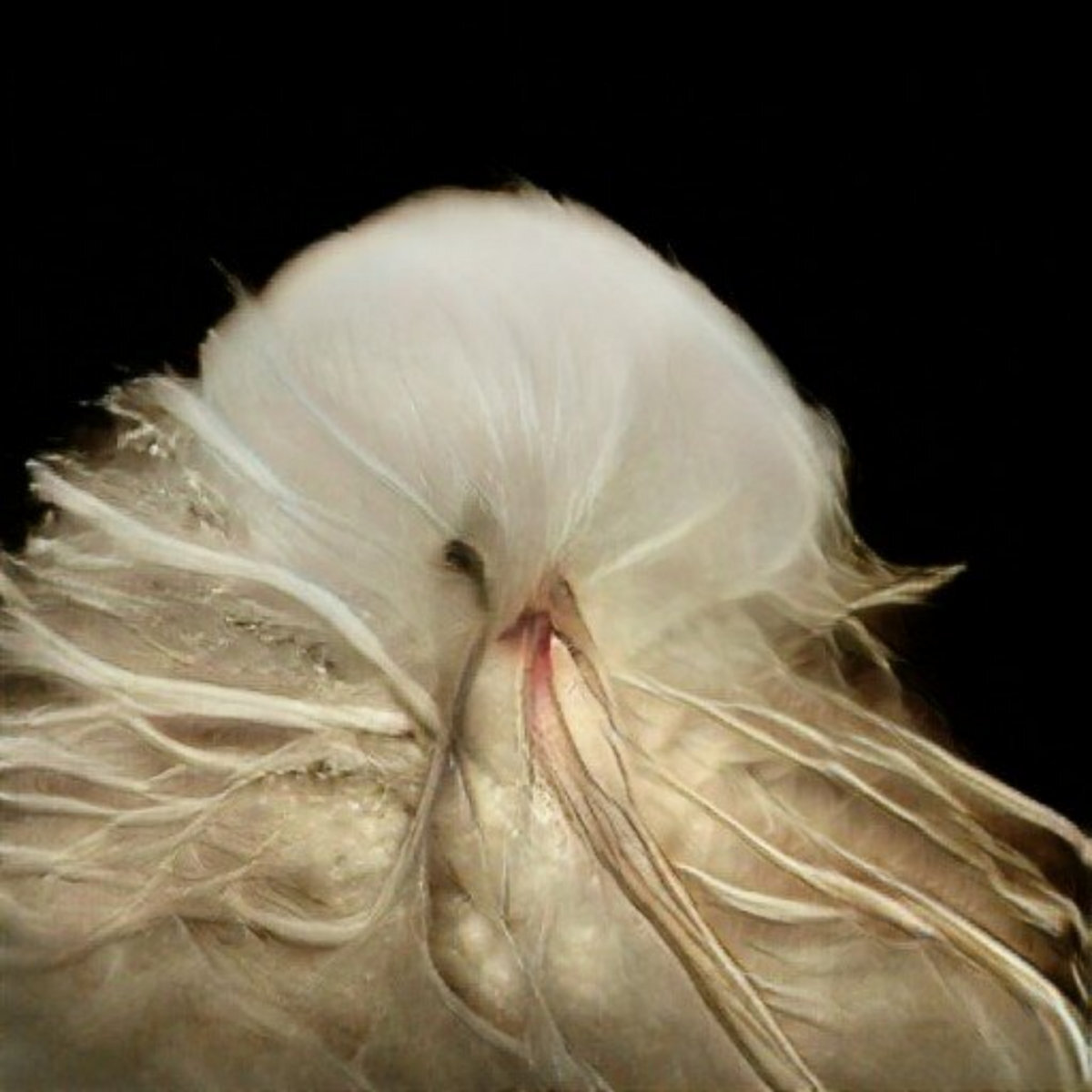
So that’s what we know after a mild dive into the background of this album titled 28 – not a whole lot, and not knowing much about the artists is a refreshing experience, it allows us to focus entirely on the artistic output without losing any focus on the ephemera surrounding it.
The album opens with a chilling piano sonata, string arrangements, and formant synths creeping through the empty spaces and then suddenly retreating, calming while simultaneously creating an uneasy tension. As the second track “6M” begins, the listener is introduced to palette of sounds that makes this collection so intriguing; natural sounds and instruments blending together with crystalline tones that morph into liquid textures, bubbling and popping in strange rhythms that implode as quickly as they bloom. The album continues along in this Yin-Yang manner, presenting us with subtle, lilting piano ambiences, gentle strings and soothing textures juxtaposed against thunderous basses and off kilter rhythms composed of unearthly tones.
28 doesn’t stop at just the Bandcamp page either: the member’s tumblrs and youtube pages feature incredible video and visual accompaniments for many of the tracks, like the powerful "F44" by (Fitnesss). This experimental collective of artists have produced a powerful collection of work, and if you’re willing to crawl down the rabbit hole and investigate what they have to offer, we’re sure you won’t be disappointed.
At Perfect Circuit, we value independent artists. Bandcamp is one of the finest platforms for independent musicians, as the overwhleming majority of your payment goes directly to the artists. If you enjoyed any of the music you heard, be sure to support the artists in any way you can – even just sharing their work with some friends can go a long way. Take care and enjoy!








